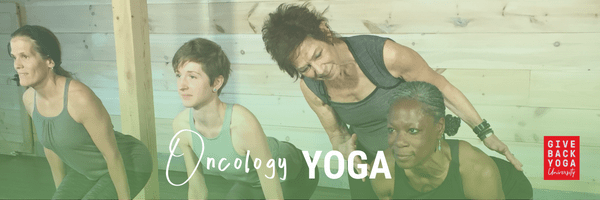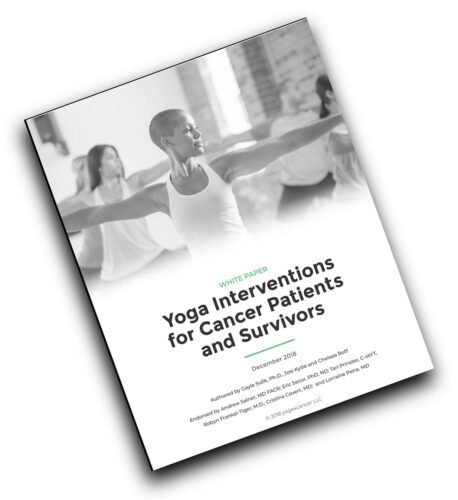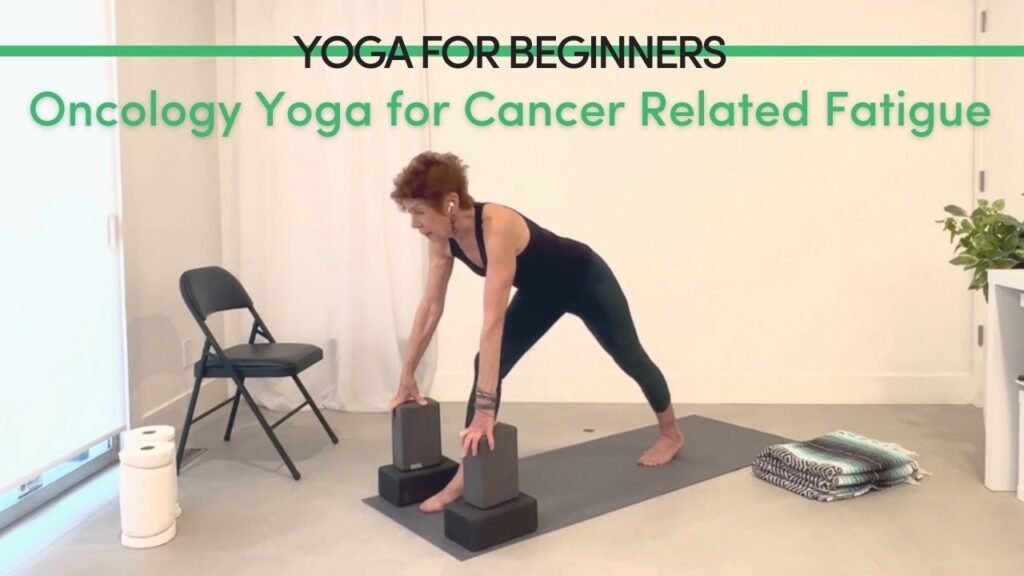Oncology Yoga Training
Programs for Professionals

Pathway to Teaching Oncology Yoga
July 23rd @ 12pm (EST)
Explore the basics of Teaching Oncology Yoga and what courses and programs exist to support you. Designed for professionals interested in becoming certified in Oncology Yoga.
Save your spot today!

75 Hour Certificate Program
launching September 2025
NEW! The 75 Hour Certificate Program now available in a ‘Self Study’ format. This evergreen program will enable ultimate flexibility and allow more teachers to get certified more efficiently.
Registration coming soon!

5 Hour Oncology Yoga Course
Available for $99!
A 5 hour course provides the fundamentals of the Oncology Yoga intervention used by thousands of yoga professionals, cancer centers and hospitals worldwide. Delivered fully online and includes 5 hours of CEUs.
Get started now!
Integrative Applications of Oncology Yoga
Many non-yoga teaching professionals (nurses, doctors, massage therapists, occupational therapists etc) have been interested in our Certificate Program. Also, cancer survivors with an active practice often want to participate to deepen their practice. We are developing a program designed with that community.
Launching Fall 2025!
Sign Up for Events, Programs, Workshops and More!
Join our professional list and be the first to know of upcoming trainings, events, workshops and more.
Registration is free and you can unsubscribe at any point.
CERTIFICATE PROGRAM EXPLAINED
Oncology Yoga Professionals are required.
Yoga seems an obvious path for cancer patients and survivors coping with difficult treatments and their ongoing side effects. In fact, oncologists and cancer organizations are recommending yoga and exercise as part of cancer recovery and management.
Other Webinars for Professionals

RESEARCH WHITEPAPER
Yoga Interventions for Cancer Patients and Survivors
A robust review of existing research on the impact of yoga on cancer survivors and patients and the short- and long-term side effects cancer survivors face. Plus an initial guide to healthcare professionals on how to include a yoga intervention in their institution.

